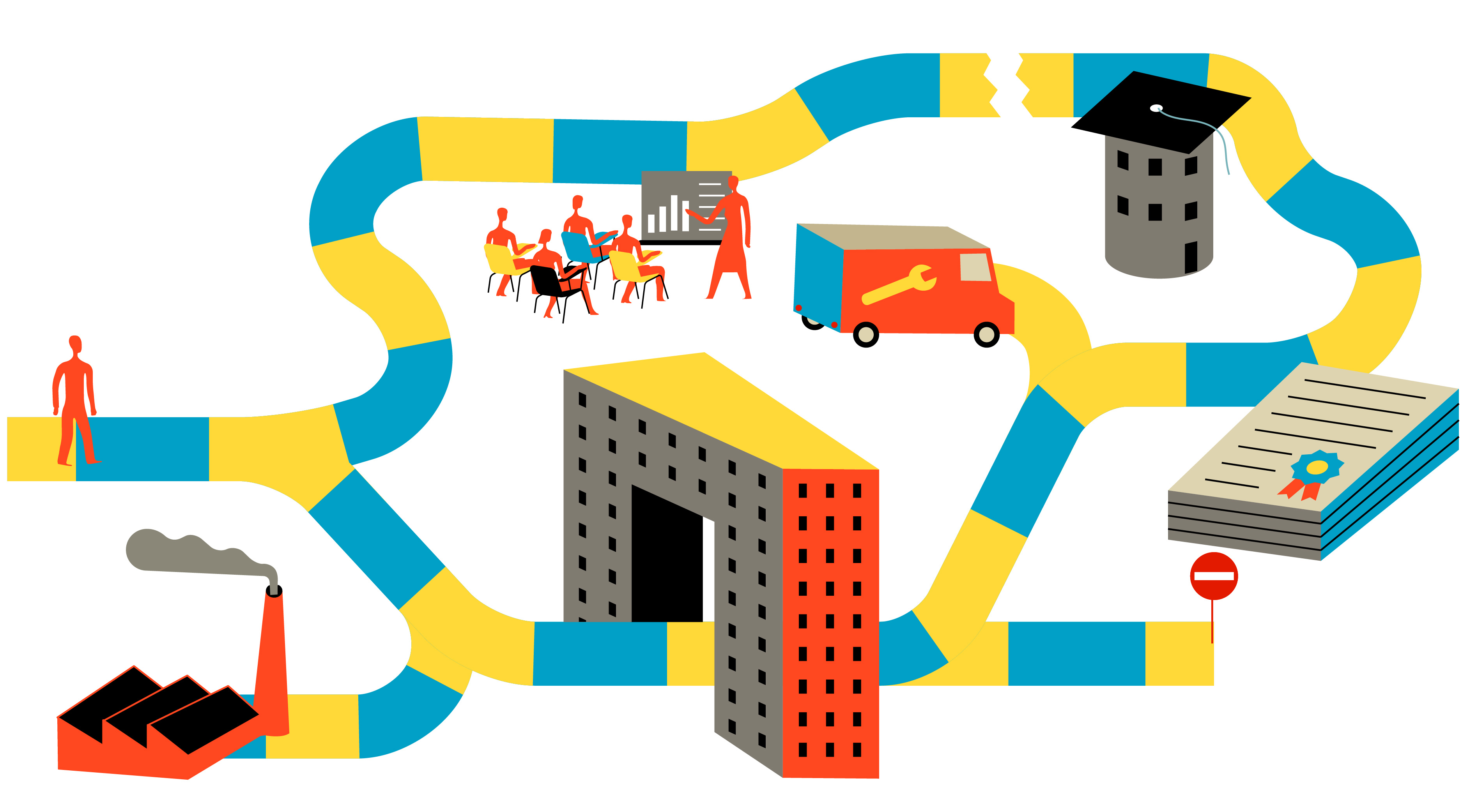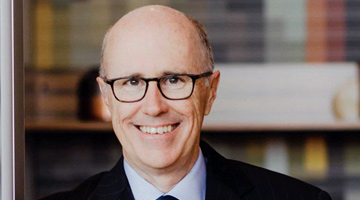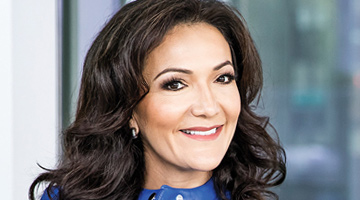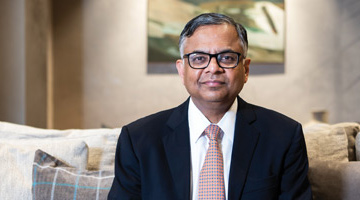
“We need to help people understand that working for the same company in the long term, right up to the age of 65, no longer makes sense….We must change our approach and be very flexible, because all this transformation will erase many traditional views that we have about labor relations.”


















